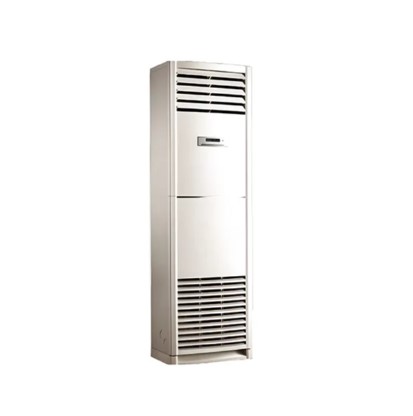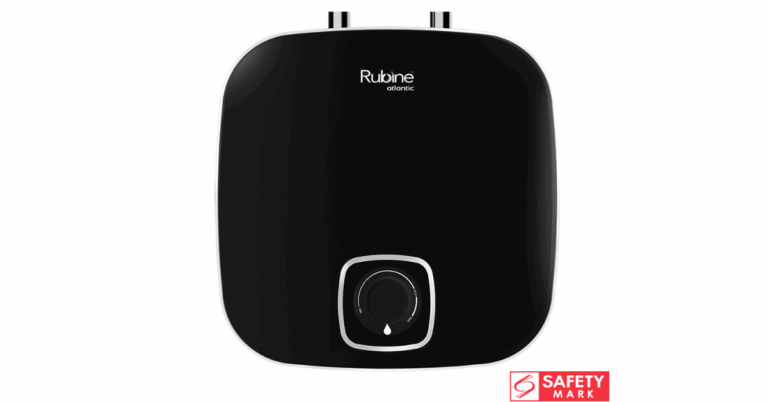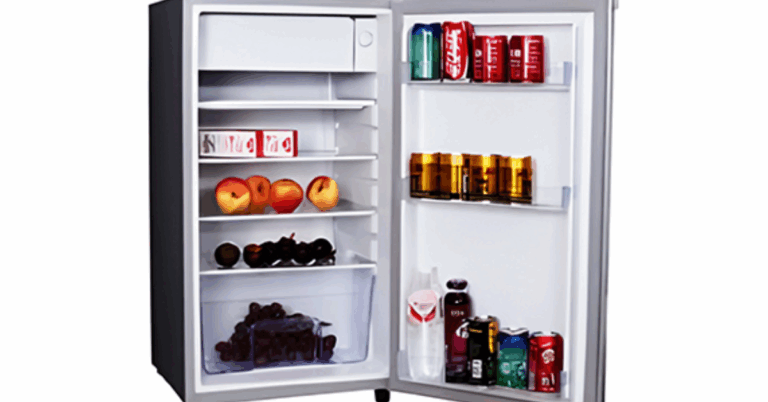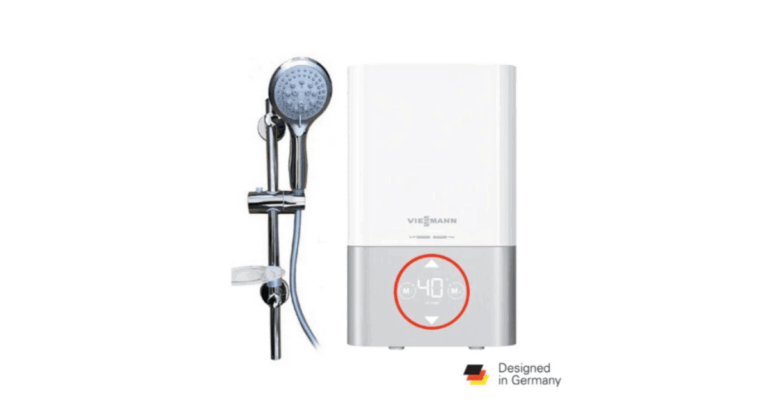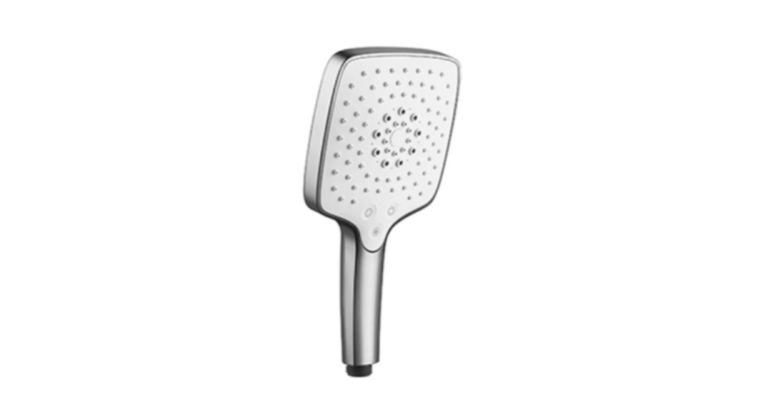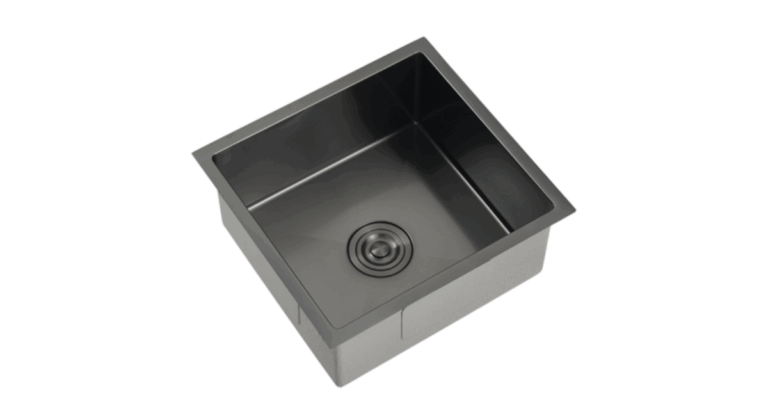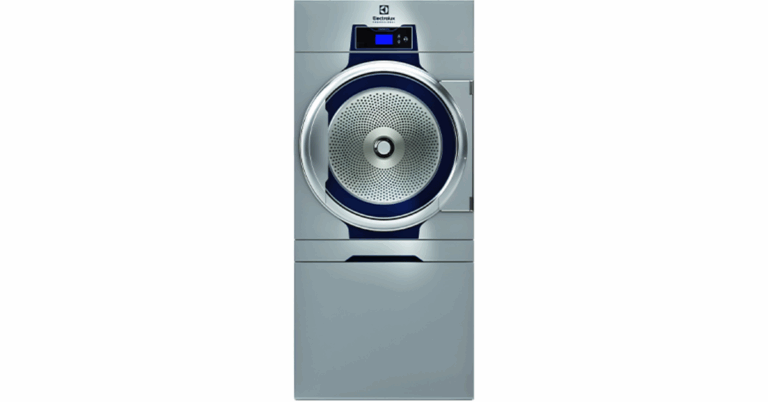The Role and Advantages of Cruise Ship Floor AC Units in Marine Environments
On a cruise ship, maintaining comfortable living conditions is not just a luxury — it’s a necessity. Among the many systems that support passenger comfort, a Cruise Ship Floor Ac Unit plays a pivotal role. These floor-standing air conditioners are purpose-built for marine and cruise ship applications, offering high cooling capacity, durability in harsh environments, and flexibility in installation to accommodate the unique structural constraints of vessels at sea.
Why Floor AC Units Are Valuable on Cruise Ships
Cruise ships present a challenging environment for climate control. They span vast internal spaces, experience wide external temperature variations, face high humidity, salt spray, and constant motion. To manage these conditions, floor-standing air conditioning units tailored for marine use are often preferred in public areas, cabins, entertainment decks, and even machinery spaces.
Here are the key reasons cruise ship floor AC units are so advantageous:
-
High Capacity in Compact Footprint
Floor AC units designed for marine use offer substantial cooling power relative to their physical size. This means they can service relatively large areas without occupying excessive vertical or wall space — important given the architectural constraints onboard ships. -
Durability in Harsh Marine Conditions
Components used in cruise ship floor AC units are designed to resist corrosion from salt air, vibration from ship motion, and moisture. Special coatings, rugged compressors, and sealed components help ensure long operational life in demanding saltwater and humidity conditions. -
Flexible Installation & Modular Design
Ships often have nonstandard layouts, so the ability to place AC units on decks or floors with fewer structural constraints is beneficial. Floor units simplify ducting and reduce demands on wall mountings or ceiling supports. -
Efficient Airflow & Temperature Control
These units often employ forced-air systems with adjustable louvers, variable-speed fans, and smart controls. They can maintain stable interior temperatures even when external conditions or internal loads change quickly (e.g. many passengers boarding, machinery heat loads, etc.). -
Energy Efficiency & Operational Savings
Because of their design, modern floor-standing marine ACs can incorporate energy-saving features—such as efficient compressors, inverter drives, and optimized heat exchange—to reduce fuel consumption and electrical load, a critical factor in shipping operations.
Key Features of a Good Cruise Ship Floor AC Unit
To succeed in a marine environment, a floor-standing cruise ship AC unit should include a suite of features attuned to the demands of enclosed sea-going spaces. Below are crucial attributes and design considerations:
1. Corrosion-Resistant Construction
Marine-grade materials (stainless steel, coated aluminum, or anti-corrosive finishes) and protective coatings on heat exchangers or external casings help resist salt spray, oxidation, and corrosion over long voyages.
2. Vibration & Shock Resistance
Given that ships are constantly moving, rotating machinery must endure vibration, tilting, and occasional impact. Isolated mounts, damping materials, and robust internal structure are essential.
3. High Cooling Capacity & Multi-ton Ratings
Many marine floor AC units are rated in multiple tons (or tens of thousands of BTUs) to cover large spaces. For instance, units around 3-ton (≈ 29,000 BTU) and higher (4-ton or more) exist, providing scalable cooling to match space and load requirements.
4. Seawater-Resistant Heat Exchange
Efficient heat exchange is vital; using fin designs, coatings, or protective barriers ensures efficient heat transfer while resisting salt buildup, fouling, and degradation.
5. Smart Controls & Part Load Efficiency
Because ships go through varying load conditions (e.g. daytime vs nighttime, differing occupancy), modern units often support variable-speed compressors, staged operation, or smart controls to maintain efficiency across changing loads.
6. Ease of Maintenance & Access
Space constraints aboard ships make maintenance access challenging. Floor AC units designed for cruise ships should allow component access, serviceability, and modular parts to minimize downtime.
7. Ducting Flexibility & Air Distribution
Because of irregular interiors, flexible ducting, adjustable louvers, and diffusers help direct airflow exactly where needed, avoiding hot spots or dead zones.
Typical Use Cases Onboard
A cruise ship floor AC unit can be deployed in various zones:
-
Cabin Suites / Guest Rooms – A floor unit in larger suites can provide supplemental cooling or backup systems, especially where ceiling or wall space is limited.
-
Public Areas / Lounges / Lounges / Bars – Large interior decks with heavy foot traffic benefit from floor ACs to rapidly condition large volumes of air.
-
Conference Rooms / Theaters / Casinos – Where heat loads fluctuate heavily due to occupancy, lighting, and equipment, these units help stabilize the environment.
-
Corridors / Hallways – Where continuous airflow is needed, floor units can serve as intermediate pressure boost or balancing systems.
-
Utility or Service Rooms – To manage local heat loads from machinery, control rooms, or support spaces without overloading central systems.
Challenges & Solutions for Marine Application
Implementing floor AC systems aboard cruise ships isn’t without challenges. Below are common issues and design strategies to overcome them:
Challenge A: Salt and Corrosion
Solution: Use corrosion-resistant materials, anti-corrosion coatings on coils and casings, and filters or sacrificial anodes. Regular maintenance and inspection of coils are essential.
Challenge B: Sea Motion & Sloshing
Solution: Rigid mounting systems with motion isolation, ensuring that refrigerant lines include flexible segments, and that the unit can operate even when the ship is pitching or rolling.
Challenge C: Varying Environmental Loads
Solution: Incorporate variable-speed compressors, staging, or inverter drives that allow the AC unit to operate efficiently under both light and heavy loads.
Challenge D: Integration with Ship HVAC System
Solution: Design the floor unit to interface with a ship’s central HVAC piping, fresh air intake, and ducting systems. Use control systems that coordinate with the ship’s building management (HVAC) system to balance zones, vents, and returns.
Challenge E: Weight and Structural Constraints
Solution: Use compact and lightweight designs without compromising structural integrity. Distribute weight across ship’s frames and choose locations with structural reinforcement.
Best Practices for Operation & Maintenance
To get the maximum lifespan and performance from cruise ship floor AC units, operators typically follow these best practices:
-
Scheduled Inspections & Cleaning
Regularly inspect and clean coils, filters, fans, and condensate drains to prevent fouling and maintain efficiency. -
Salt Damage Monitoring
Periodically wash or flush external coils to remove salt deposits. Use fresh water rinses or mild cleaning agents. -
Lubrication & Seal Checks
Ensure compressors, fans, and bearings are properly lubricated and seals are intact, to prevent leaks and wear. -
Calibration & Controls Tuning
Monitor system performance, fine-tune thermostats, sensors, and control algorithms to respond well to dynamic conditions. -
Parts Replacement & Redundancy
Maintain an inventory of critical spares—filters, belts, sensors, motors—and design redundancy into systems to allow for maintenance without passenger discomfort. -
Energy Auditing
Use sensors and energy monitoring to assess power consumption, identify inefficiencies, and optimize operations (e.g. scheduling capacity based on occupancy patterns). -
Integration with Ship’s Systems
Coordinate with ventilation, fresh-air intake, and exhaust systems to ensure balanced pressure, effective air exchange, and humidity control.
Future Trends & Innovations
As cruise ships evolve, floor-standing AC units are also benefitting from new technologies:
-
Smart / IoT Controls — Remote monitoring, predictive maintenance, and real-time adjustments based on ship operations or weather forecasts.
-
Advanced Refrigerants & Eco-friendly Design — Use of low-GWP refrigerants and systems that meet stricter environmental regulations.
-
Enhanced Heat Exchangers — Nano-coatings, anti-fouling surfaces, or self-cleaning coils that reduce maintenance.
-
Hybrid Systems — Combining floor AC units with heat recovery, free cooling, or integration with ship-wide energy management systems.
-
Higher Efficiency Compressors — Use of magnetic bearings, multi-stage compression, or novel cycle designs to reduce power draw.
Conclusion
The deployment of a cruise ship floor AC unit is a thoughtful balance of cooling power, reliability, flexibility, and marine resilience. These units deliver robust interior comfort across wide, variable spaces, while withstanding the unique stresses of sea operation. When chosen, installed, and maintained properly, they become a dependable backbone of climate control on board, contributing to passenger satisfaction, energy efficiency, and operational performance.
If you plan to specify or evaluate such systems for a vessel, it’s essential to weigh capacity, corrosion protection, serviceability, and integration capabilities. Let me know if you would like help comparing specific models, sizing for a given area, or understanding integration with other ship HVAC components.

